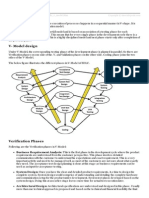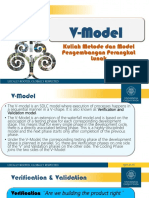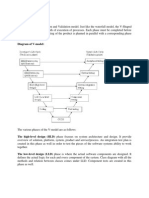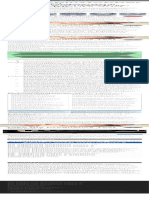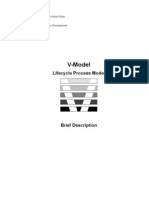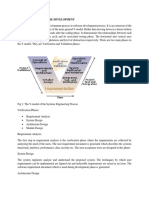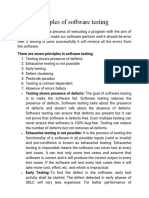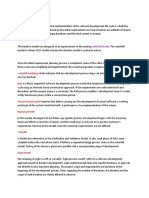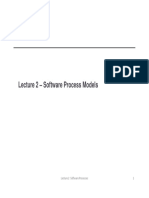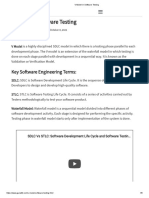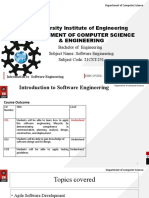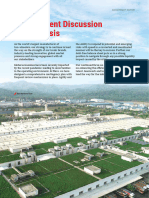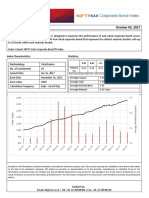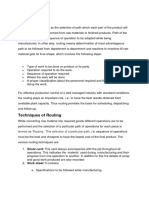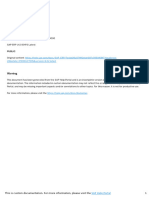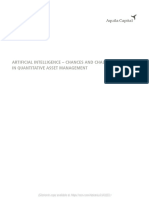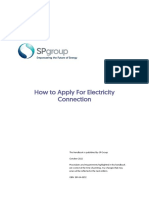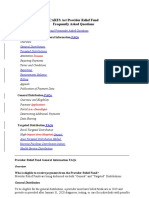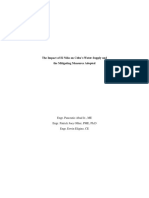V- M O D E L
M O H A M M E D A B D U A L M A J E D
�V- Model
The V-model Is A Type Of (SDLC) Software Development Life Cycle
Where The Process Executes Sequentially In A V-shape.
It Is Also Known As The Verification And Validation Model.
It Is Based On The Association Of A Testing Phase For Each
Corresponding Development Stage. The Development Of Each Step Is
Directly Associated With The Testing Phase.
The Next Phase Starts Only After Completion Of The Previous Phase ,
For Each Development Activity,There Is A Testing Activity Corresponding
To It.
�V-Model Design
�1- Requirements analysis:- This is the first phase of the development cycle,
in which the requirements of the product are analyzed according to the
customer’s needs, This is a very important phase because this phase
determines the coming phases, In this phase, acceptance tests are
designed for later use.
2- System design:- When we have the requirements of the product, after
that we prepare a complete design of the system, In this phase, a
complete description of the hardware and all the technical components
required to develop the product .
�3- Architectural design:- In this phase architectural specifications are
designed, It contains the specification of how the software will link
internally and externally with all the components, Therefore this phase is
also called high level design (HLD).
4- Module design:- In this phase the internal design of all the modules of
the system is specified, Therefore it is called low level design (LLD).
5- Coding phase:- In the coding phase, coding of the design and
specification done in the previous phases is done.
�Advantages of V-Model
1. This is a highly disciplined model and Phases are completed one at a time.
2. V-Model is used for small projects where project requirements are clear.
3. Simple and easy to understand and use.
4. This model focuses on verification and validation activities early in the life cycle
thereby enhancing the probability of building an error-free and good quality
product.
5. It enables project management to track progress accurately.
6. Emphasis on Testing: The V-Model places a strong emphasis on testing, which helps
to ensure the quality and reliability of the software.
7. Improved Traceability: The V-Model provides a clear link between the requirements
and the final product, making it easier to trace and manage changes to the
software.
�Disadvantages of V-Model
1. High risk and uncertainty.
2. It is not good for complex and object-oriented projects.
3. It is not suitable for projects where requirements are not clear and contain a
high risk of changing.
4. This model does not support iteration of phases.
5. Inflexibility: The V-Model is a linear and sequential model, which can make it
difficult to adapt to changing requirements or unexpected events.
6. Time-Consuming: The V-Model can be time-consuming, as it requires a lot
of documentation and testing.
7. Overreliance on Documentation: The V-Model places a strong emphasis on
documentation, which can lead to an overreliance on documentation at the
expense of actual development work.


